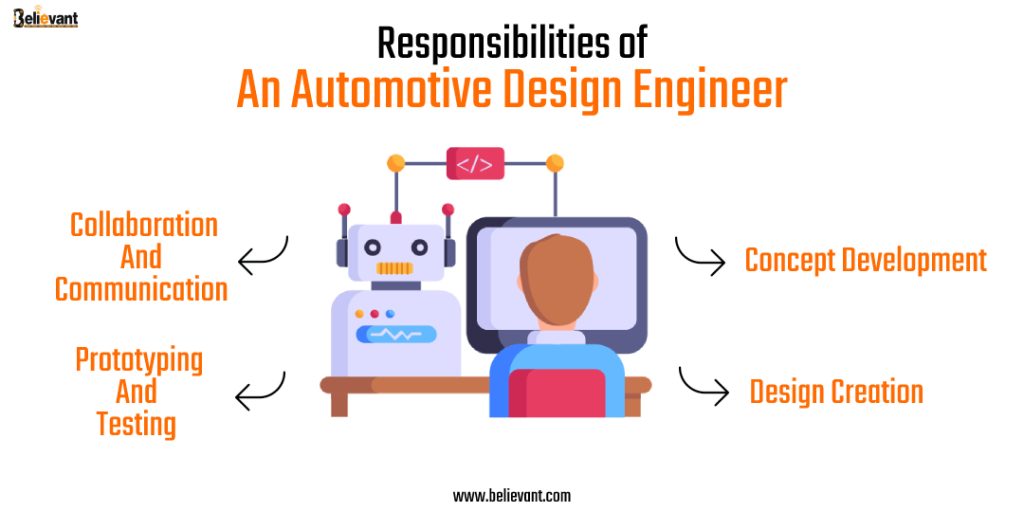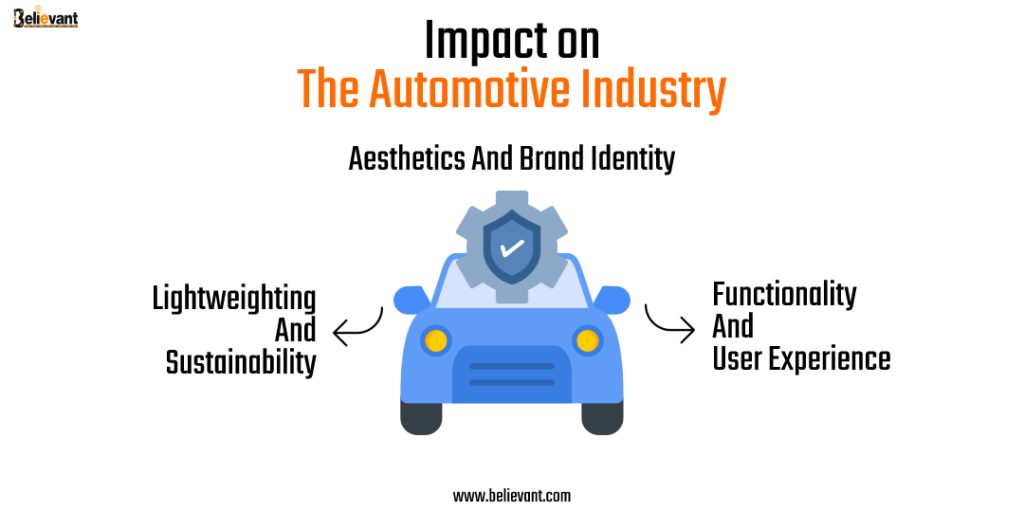
Unveiling What is Automotive Engineering And the Role of an Automotive Design Engineer
Automotive engineering is a dynamic and multifaceted field that encompasses the design, development, manufacturing, and maintenance of vehicles. From traditional combustion engines to cutting-edge electric and autonomous vehicles, automotive engineers play a pivotal role in shaping the future of transportation. In this blog, we’ll delve into the fascinating world of automotive engineering, and the role and responsibilities of automotive design engineers. In Automotive Engineering, The Role Of An Automotive Design Engineer is crucial, they have to have very skilled in their stream.
Automotive design engineers are at the forefront of creating innovative and aesthetically pleasing vehicles that shape the future of mobility. They play a crucial role in translating ideas and concepts into tangible designs that meet both functional and aesthetic requirements. This article aims to comprehensively understand the responsibilities, skills, and importance of automotive design engineers in the ever-evolving automotive industry.
Automotive Design Engineering
Automotive design engineering is a specialized field that encompasses the development and creation of vehicle designs. Design engineers collaborate with cross-functional teams to transform conceptual ideas into tangible vehicle designs. They are responsible for integrating various elements, including aesthetics, functionality, safety, and manufacturability, while adhering to regulatory standards.
Responsibilities Of An Automotive Engineer

- 2.1 Concept Development
Design engineers participate in the initial concept development phase, working closely with stakeholders to understand design objectives and customer requirements. They contribute to brainstorming sessions and feasibility studies to explore innovative design possibilities.
- 2.2 Design Creation
Using computer-aided design (CAD) software, design engineers create detailed 2D and 3D vehicle models. They consider factors such as aerodynamics, ergonomics, material selection, and structural integrity to ensure optimal performance and safety.
- 2.3 Collaboration and Communication
Design engineers collaborate with various teams, including styling, engineering, and manufacturing, to ensure seamless integration of design elements. Effective communication and teamwork are essential to align design goals with technical feasibility and production requirements.
- 2.4 Prototyping and Testing
Design engineers oversee the creation of physical prototypes and conduct tests to evaluate design performance, durability, and safety. They analyze test data and iterate designs to address any identified issues or improvements.
Skills and Qualifications

- 3.1 Strong Design and Engineering Background
Automotive design engineers typically possess a background in mechanical engineering or a related field. They should have a solid understanding of engineering principles, materials, manufacturing processes, and design aesthetics.
- 3.2 Proficiency in CAD Software
Proficiency in CAD software, such as CATIA, Auto-CAD, or SolidWorks, is crucial for creating and modifying vehicle designs. Design engineers should be skilled in 3-D modelling, surfacing, and assembly design to effectively communicate their ideas.
- 3.3 Knowledge of Automotive Regulations
Familiarity with automotive safety regulations and industry standards is essential to ensure that designs meet legal requirements and pass certification tests.
- 3.4 Creativity and Innovation
Automotive design engineers need to think outside the box and come up with creative solutions to design challenges. They should stay updated on industry trends, emerging technologies, and consumer preferences to develop cutting-edge designs.
Impact on the Automotive Industry

- 4.1 Aesthetics and Brand Identity
Design engineers contribute to shaping a vehicle’s exterior and interior aesthetics, playing a vital role in establishing a brand’s identity and differentiation in the market. Aesthetically appealing designs can attract customers and create a strong brand image.
- 4.2 Functionality and User Experience
By considering ergonomics, user interface, and convenience features, design engineers enhance the functionality and user experience of vehicles. Intuitive controls, comfortable seating, and well-designed interiors contribute to customer satisfaction.
- 4.3 Light-weighting and Sustainability
Design engineers are increasingly focused on light-weighting techniques and sustainable materials to improve fuel efficiency and reduce environmental impact. They explore innovative design approaches and materials to achieve these goals.
Future Trends and Challenges

- 5.1 Electric and Autonomous Vehicles
As electric and autonomous vehicles gain prominence, design engineers face new challenges in integrating advanced technologies into vehicle designs while ensuring safety, comfort, and visual appeal.
- 5.2 Human-Centered Design
Human-centred design principles, such as considering the needs and preferences of end-users, are becoming crucial. Design engineers must prioritize user-centric design to create vehicles that cater to evolving customer expectations.
- 5.3 Integration of Connectivity
The integration of connectivity features and smart technologies poses a unique design challenge. Design engineers need to create seamless interfaces, user-friendly displays, and intuitive control systems to enhance the connected experience.
Conclusion
Automotive design engineers play a pivotal role in shaping the future of mobility by creating visually appealing, functional, and sustainable vehicle designs. Their expertise in design principles, engineering knowledge, and collaboration skills enables them to contribute to the advancement of the automotive industry. As the industry continues to evolve, design engineers will remain at the forefront, driving innovation and meeting the demands of a rapidly changing automotive landscape.
